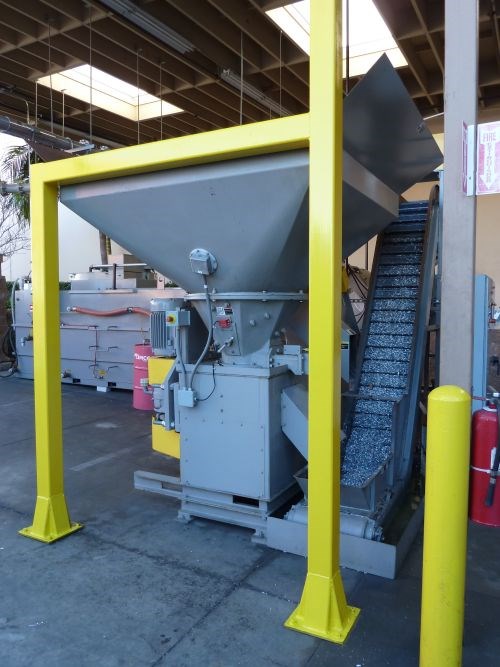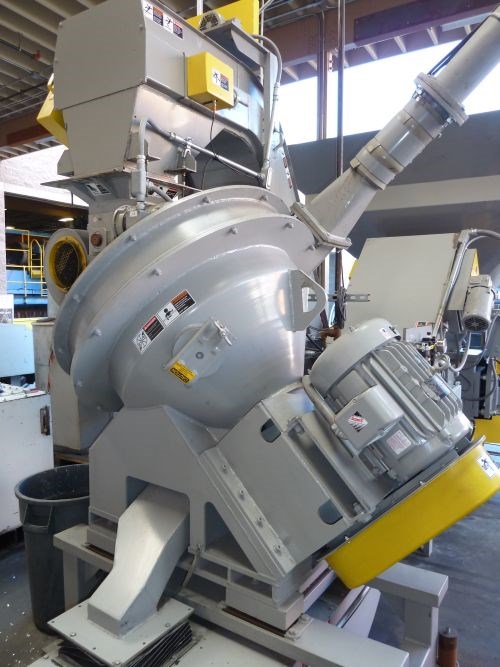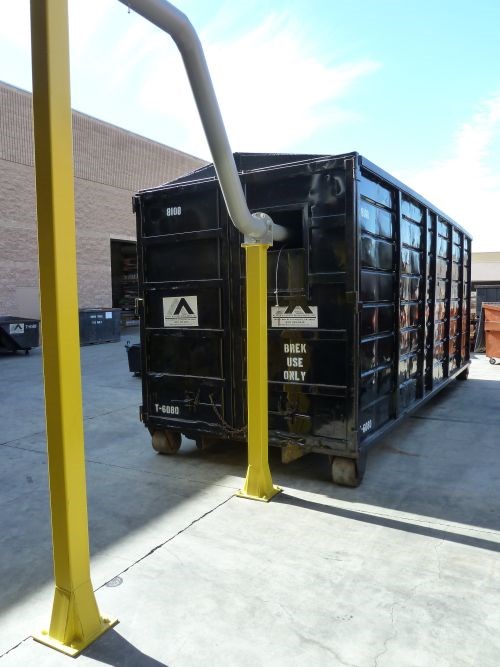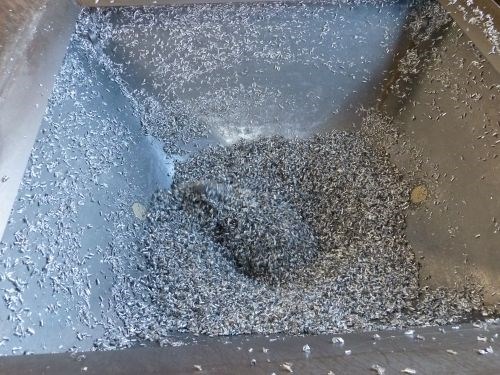When the Chips Are Down
Once the chips begin piling up, how does your company deal with them? While there are as many different approaches as there are machine shops, the most efficient systems share a few important traits.
Share





Every machine shop has developed its own procedure for chip disposal. This is necessitated by concerns such as the configuration of the facility, the metalworking fluids in use, the materials being machined and the type of chips being produced.
Whatever type of system a company has developed, I generally encounter a desire for a better process, or for certain improvements, during the shop visits I make. For example, one company would like to automate the process to the greatest extent possible, while another is interested in environmental compliance. Others want to reclaim fluids from chips to lower new coolant costs. Whatever the situation, the basic steps involve:
- Transport: Getting the chips from the machine tool to the processing system can be accomplished in many ways, either manually or via conveyors.

- Size: Grinding or sorting chips to a uniform size.
- Separation: Once the chip size is relatively standard, and tramp metals such as bolts, etc., have been removed, the chips are introduced into a centrifugal spinning device, sending coolant to a filtration system and dry chips to a bin.

- Disposal: Dry chips are transported to a bin and handled by a disposal company. In the example photographed above, the dry, uniform chips are driven by air through overhead piping to the bin, which can automatically send emails to both the machine shop’s general manager and the disposal company that the bin is full and ready for pickup.

One of the most efficient systems I’ve seen first-hand was during a visit to , which had recently installed a leading-edge system with another one soon to be installed.
Related Content
-
4 Manufacturing Trends That Cannot Be Ignored
The next five years will present their own unique set of challenges, and shops can alleviate them by embracing these technologies and trends.
-
Tips for Designing CNC Programs That Help Operators
The way a G-code program is formatted directly affects the productivity of the CNC people who use them. Design CNC programs that make CNC setup people and operators’ jobs easier.
-
Rethink Quality Control to Increase Productivity, Decrease Scrap
Verifying parts is essential to documenting quality, and there are a few best practices that can make the quality control process more efficient.














